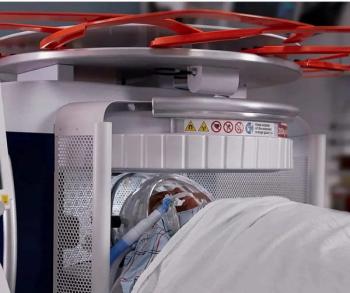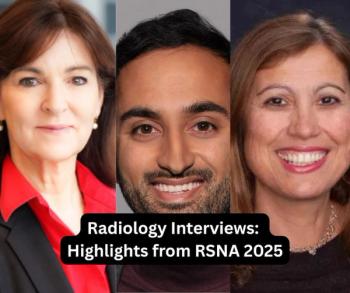
Can the Emerging InteleHeart Platform Facilitate Improved Efficiency with Cardiology and Radiology?
Through enhanced data interoperability and access to patient histories, the cloud-based InteleHeart may facilitate better communication and workflow efficiencies for radiologists and cardiologists.
In order to reduce dependence on siloed systems, juggling of multiple platforms and repetitive manual entry, Intelerad has launched the cardiovascular platform InteleHeart, which enables access to current and previous imaging, relevant clinical history and reporting all in one place.
By providing a thorough overview of a patient’s cardiovascular health history, Intelerad noted the
In a recent interview with Diagnostic Imaging, Morris Panner said InteleHeart combines cloud-based capabilities with enterprise imaging scalability and bolstered data interoperability that extends beyond the walls of a given health-care institution.
“It’s a cloud-based platform for very reliable and dependable workflows. You’re now able to integrate data more easily. If you put data in there once, it’s (available) across all settings of care and you’re able to use it remotely,” explained Panner, the president of Intelerad Medical Systems.
For radiologists, Panner pointed out that InteleHeart is integrated with the Intelerad’s radiology image sharing platform InteleShare as well as the company’s InteleOrchestrator system, which leverages artificial intelligence (AI) to facilitate efficient triage and resource allocation.
While data interoperability has been a longstanding challenge in radiology and the broader health care environment, Panner maintained that InteleHeart has the potential to foster easier data integration and improved access to cardiovascular history with a resulting enhanced focus on personalized patient care.
“In radiology, we're super focused on the image. In cardiology, I would say you're super focused on data, and the image is part of that,” noted Panner. “But what you're really trying to figure out is: ‘How is (the patient) looking over time, and what interventions do I want to take, and what has been the result of those interventions?’”
(Editor’s note: For related content, see “
For more insights from Morris Panner, watch the video below.
Newsletter
Stay at the forefront of radiology with the Diagnostic Imaging newsletter, delivering the latest news, clinical insights, and imaging advancements for today’s radiologists.




























